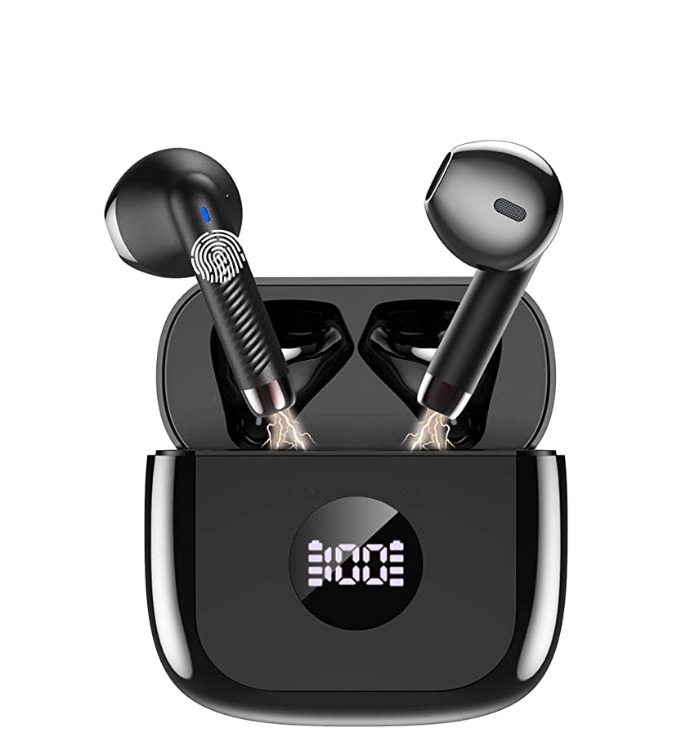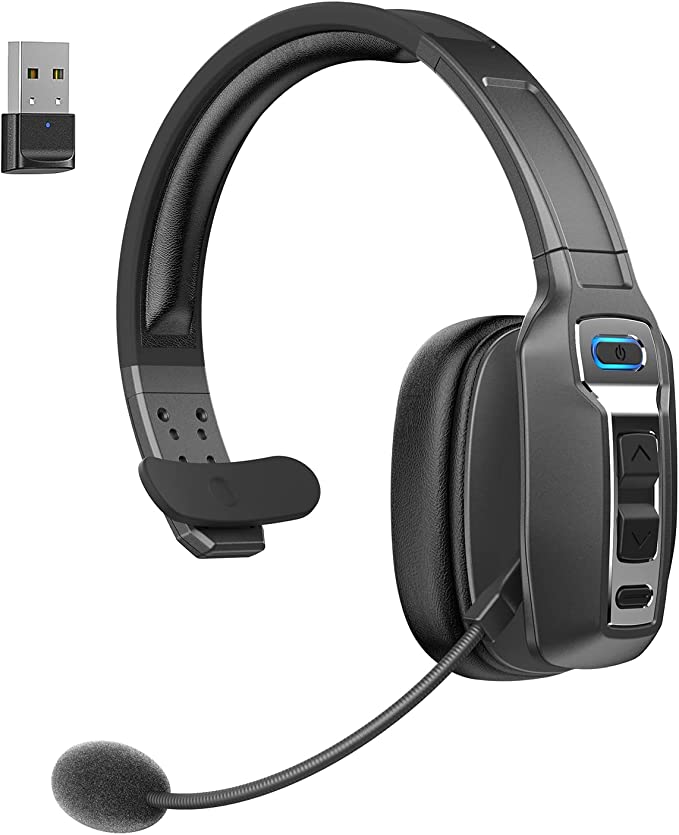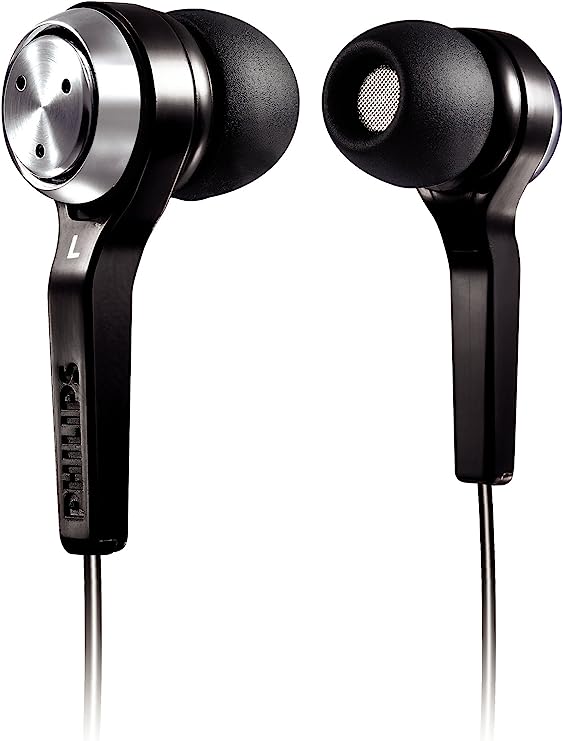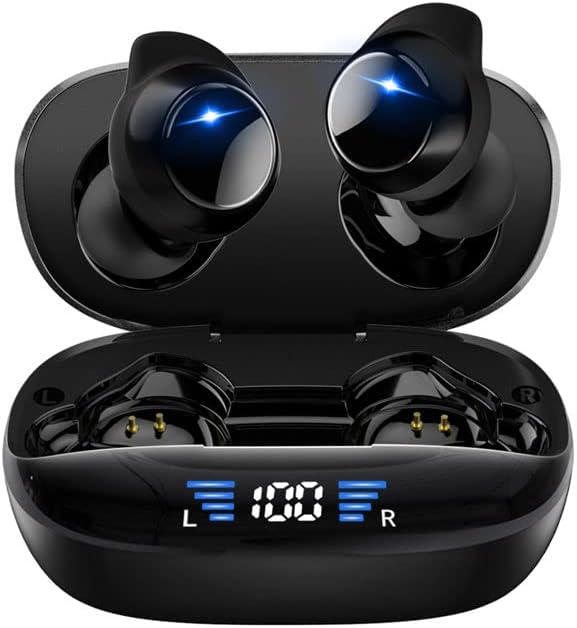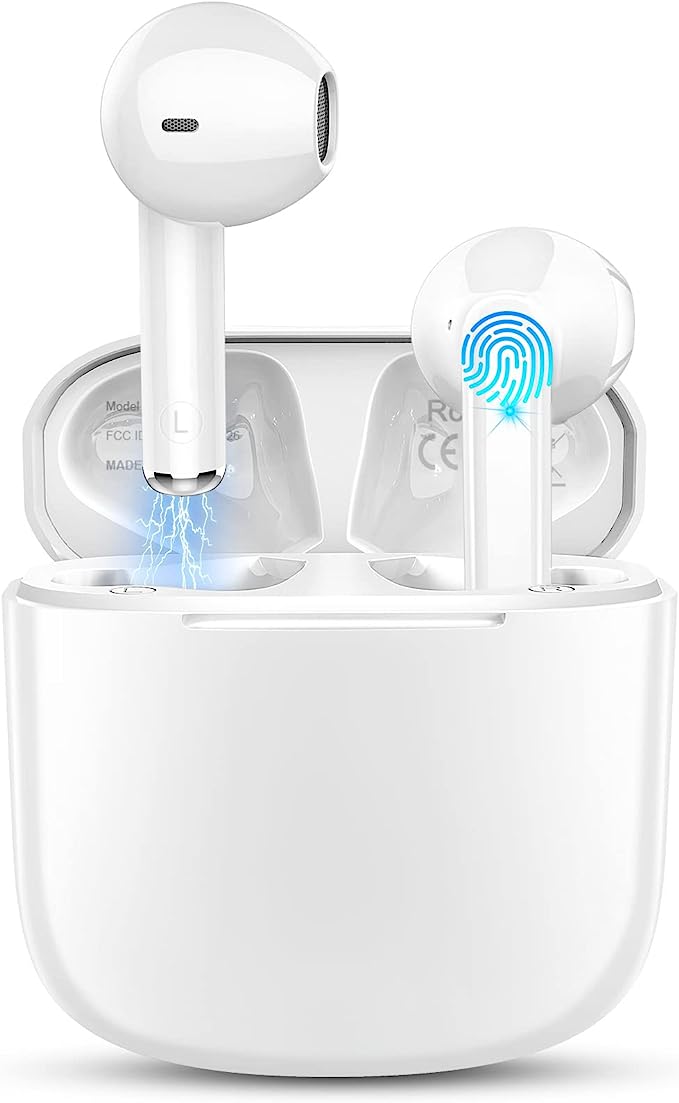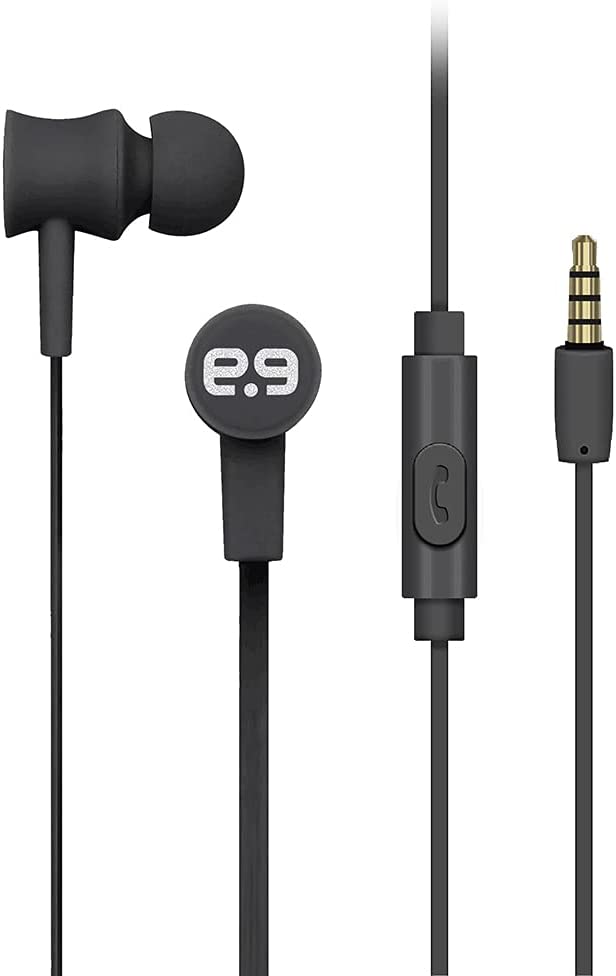Beyond the Naked Eye: A Homeowner's Guide to Seeing Heat and Saving Money
Update on Oct. 7, 2025, 2:08 p.m.
It starts subtly. A faint chill you can’t quite locate in the living room on a winter’s night. A second-floor bedroom that stubbornly stays warmer than the rest of the house in summer. Then the utility bill arrives, a silent testament to a battle your home is losing against the elements. This is the case of the invisible thief: energy, paid for and precious, seeping unseen through your walls, windows, and ceilings. You’re losing a war against an enemy you can’t even see.
But what if you could? What if you could put on a pair of special glasses that made the invisible world of heat as clear as day? This isn’t science fiction. This is thermal imaging, a technology once reserved for scientists and soldiers, now accessible to everyone. With a pocket-sized device, like the Antstone imager or one of its many cousins in the sub-$150 category, you can equip yourself with a new sense. This guide isn’t a review of a single product; it’s an initiation. It’s your first lesson in learning to see heat, empowering you to become the energy detective your home desperately needs.

Your New Superpower: Understanding What Heat Looks Like
So, you’ve accepted the mission to hunt down this invisible energy thief. But every good detective needs to understand their tools. Before we start scanning walls, let’s quickly learn the language of heat itself.
Everything around you, unless it’s at the impossibly cold temperature of absolute zero, is constantly glowing. Not with visible light, but with an invisible energy called infrared radiation. A thermal camera is simply a device that sees this infrared glow and translates it into a picture our eyes can understand. Colder objects glow less brightly, while warmer objects glow with intensity. The camera assigns colors to these different levels of intensity, creating a heat map, or thermogram.
You’ll often see a “Rainbow” or “Ironbow” palette, where blues and purples represent colder areas, and reds, oranges, and yellows represent warmer ones. The key is to look for anomalies—the unexpected cold spot on a warm wall, or the glowing hot wire that should be cool.
But there’s one crucial rule in this new world: not everything is as it seems. Try pointing a thermal camera at a mirror. You won’t see the mirror’s temperature; you’ll see your own reflected heat. This is because shiny, reflective surfaces are poor emitters of thermal energy. This property is called emissivity. A rough, dark-colored wall has high emissivity (close to 1.0) and gives an accurate reading. A polished piece of metal has low emissivity (perhaps 0.1) and will act like a thermal mirror, fooling your camera.
Don’t worry, there’s a simple detective’s trick. For measuring a reflective surface, just stick a small piece of opaque, matte tape on it—like standard black electrical tape, which has a near-perfect emissivity of about 0.95. Wait a moment for the tape to match the surface temperature, then measure the tape. You’ve just outsmarted physics.

The Great Draft Hunt: A Room-by-Room Investigation Checklist
You might be thinking, “Can’t I just use an incense stick to find drafts?” Absolutely, and that’s a classic trick. But imagine trying to check your entire 15-foot vaulted ceiling with a tiny wisp of smoke. A thermal camera allows you to scan large areas in seconds, instantly visualizing the entire pattern of heat loss, not just a single point. It’s the difference between reading a single word and seeing the whole page at once.
Let’s begin our investigation. For best results, conduct your hunt on a cold day when your heating is on, ensuring the temperature difference between inside and outside is at least 10°C (about 20°F).
1. The Obvious Suspects: Windows and Doors
Slowly scan the entire frame of your windows and exterior doors. You’re looking for “blue streams”—the tell-tale sign of cold air seeping in through cracked or worn-out weather stripping. Pay close attention to the corners and where the movable parts meet the frame. A uniform, cool-but-not-dark-blue pane of glass is normal, but a sharp, cold line around the edge is a call to action.
2. The Hidden Culprits: Outlets and Switches on Exterior Walls
These small fixtures are notorious for being poorly sealed. Scan over your electrical outlets and light switches on any wall that faces the outside. You may be shocked to see a distinct, cold halo around them, indicating a direct path for cold air to enter your living space. These are often easy and cheap fixes with foam gaskets.
3. The Big Boss: The Attic and Ceiling
Heat rises, and a poorly insulated attic is like wearing a winter coat with no hat. Stand in the rooms below and aim your camera at the ceiling. A well-insulated ceiling should appear as a fairly uniform, warm surface. If you see distinct, colder geometric shapes (often matching the joists) or large, irregular “cold pools,” you’ve likely found areas where insulation has shifted, compacted, or is missing entirely.
4. The Foundation’s Secrets: The Basement and Crawlspace
Go down to your basement and scan the rim joist—the area where the wooden structure of your house rests on top of the concrete foundation. This is a massive source of air leakage in many homes. Dark blue or purple areas here indicate a need for sealing and insulation.
Beyond the Hunt: Uncovering Other Household Mysteries
Congratulations, detective! You’ve likely found several culprits and have a clear action plan. But your new thermal vision can reveal more than just lost heat. It can uncover secrets hidden within your walls and even in your wiring.
Finding Hidden Moisture
A slow, hidden leak from a pipe or an ice dam on the roof can saturate your drywall for weeks before a visible stain appears. But it leaves a thermal clue. As this moisture evaporates, it cools the surface. Scan a wall that you suspect might be damp. If you see an unusually cool, often irregularly shaped patch that doesn’t correspond to any structural element, it warrants a closer look. Remember, the camera sees the temperature sign of potential moisture, not the water itself; a moisture meter can then confirm your suspicions.
Spotting Electrical Hazards
EXTREME CAUTION: Never open any electrical panel cover unless you are a qualified electrician. Serious injury or death can occur.
The good news is, you don’t need to. From a safe distance, you can scan the closed metal door of your main breaker panel. All breakers should be roughly the same ambient temperature. If one breaker is glowing significantly warmer than the others, it indicates a heavy load or, more dangerously, a poor connection or failing breaker. This is a clear signal to call a professional electrician immediately. The same principle applies to power strips, chargers, and outlets—a component that is hot to the touch is often a sign of trouble.
Conclusion: You Are Now the Energy Detective
A hundred-dollar thermal camera won’t give you the crisp, detailed images of a professional’s $3,000 rig. Its pixels are chunky, and its readings are a guide, not gospel. But that was never the point. Its true power lies in its ability to fundamentally change your perspective.
You are no longer just a passive resident paying a mysterious bill. You are an active, informed homeowner, equipped with a tool to diagnose your home’s health. You can now see the invisible flows of energy that govern your comfort and your expenses. You’ve traded guesswork for data, and frustration for action. You’ve become the detective, and with every draft you seal and every cold spot you insulate, the invisible thief has one less place to hide.









